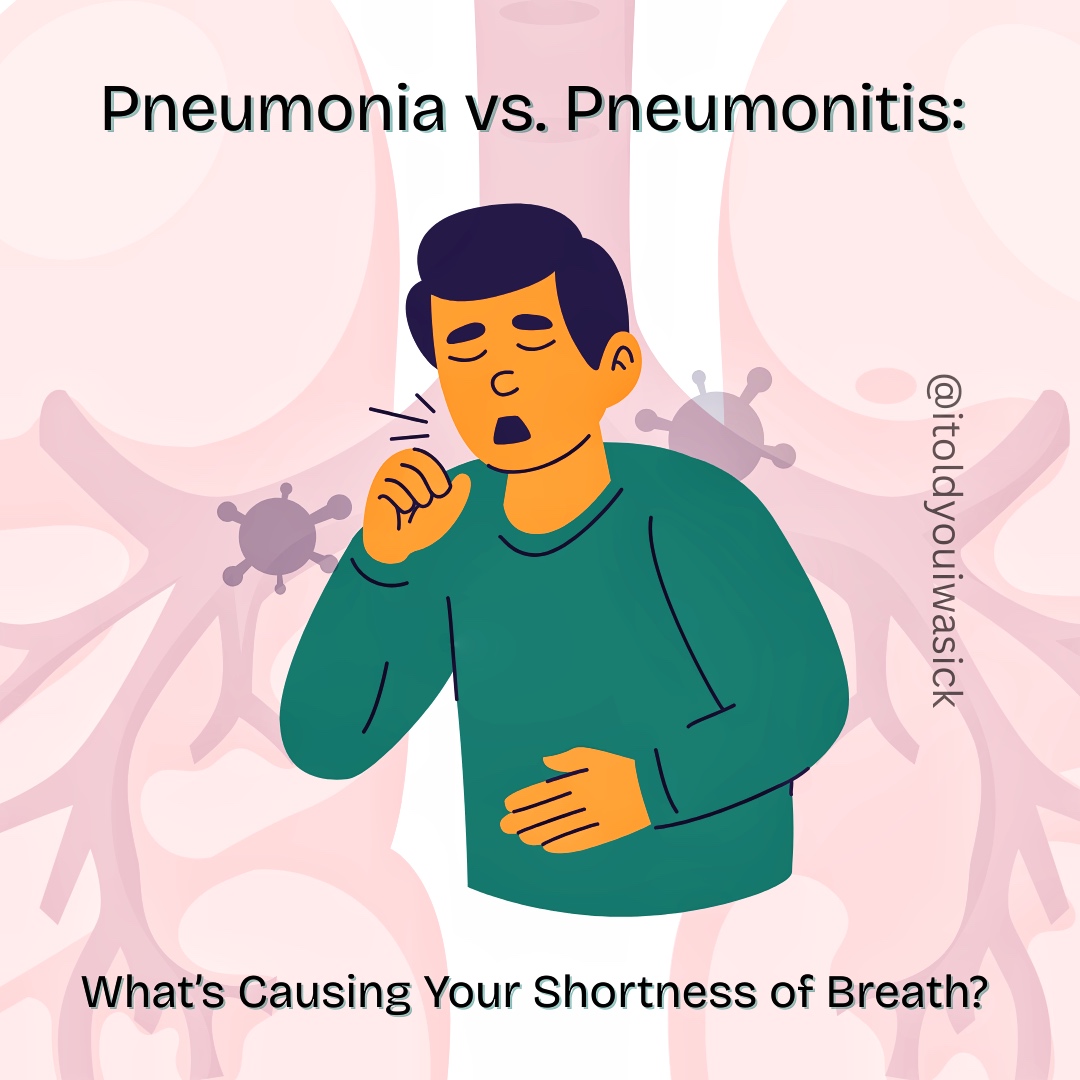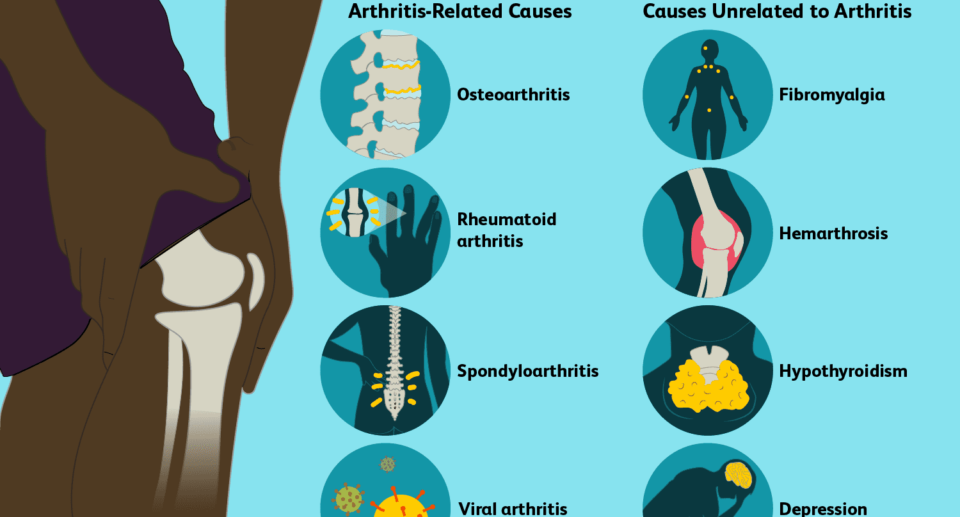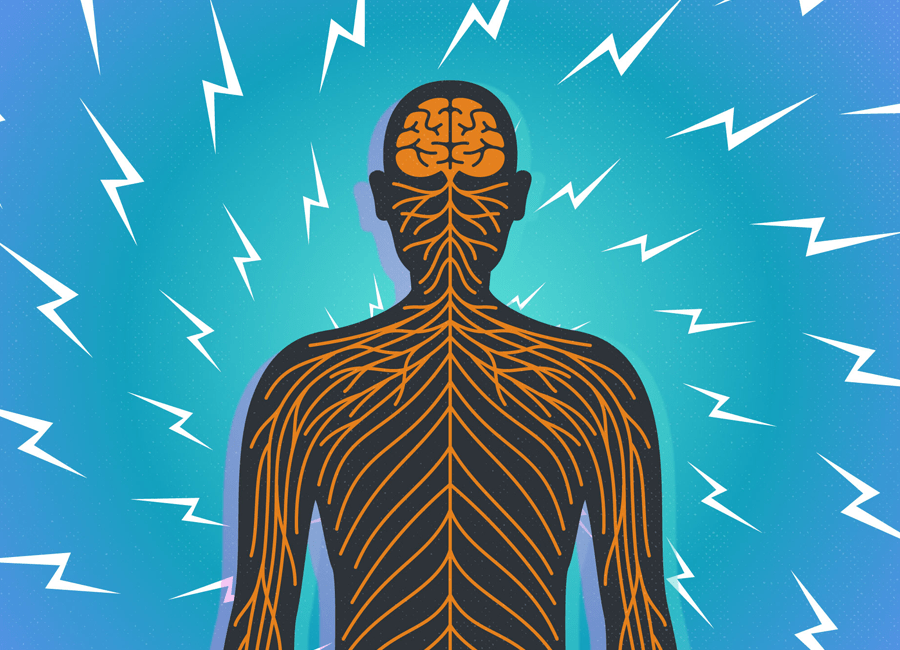Are Your Mystery Symptoms Related to Ehlers-Danlos Syndrome?

Are Your Mystery Symptoms Related to Ehlers-Danlos Syndrome?
Ehlers-Danlos Syndrome is a chronic disease that hasn’t received much press, so you would be forgiven for never having heard of it. It impacts the connective tissues in our body, which provide structure and support to the skin, joints, and blood vessels. As you might appreciate, these connective tissues appear throughout the body, meaning the mystery symptoms you might be experiencing can impact you anywhere.
You may have unusual joint pain, frequent sprains or bruises that appear out of nowhere. If these sound like your mystery symptoms, you may have Ehlers-Danlos Syndrome (EDS). With an understanding of this chronic condition, you might solve the puzzle of your unusual symptoms and find some salve with appropriate medical intervention.
Understanding EDS
EDS is not one disorder but covers 13 subtypes that each impact your connective tissue differently. The most common type is hyper-mobile EDS, which might mean you have unusually flexible or hypermobile joints. Other forms of EDS, such as vascular EDS, impact the blood vessels and can be life-threatening, with the potential for an arterial rupture.
Knowing that some of the consequences of EDS might be life-threatening is a reason for an early diagnosis. However, it is worth keeping this in perspective, as only 1:50000 people are diagnosed with vascular EDS, and of these, 80% suffer from an arterial rupture by the age of 40. Therefore, for the whole US, this accounts for about 5000 people.
Across the 13 subtypes, there are some common symptoms that you might experience:
- Joint hypermobility
- Chronic pain
- Frequent dislocations or sprains
- Fragile skin may bruise easily or, in severe cases, become rubbery and stretch beyond what is expected
- Digestive issues, including acid reflux, IBS and constipation, as the connective tissue in the digestive tract is impacted
- Autonomic dysfunction, also known as dysautonomia. A common form for those with EDS is postural orthostatic tachycardia syndrome (POTS), which can lead to dizziness and fainting
Diagnosis and treatment
Many believe that EDS is considered rare because its unusual symptoms overlap with other conditions. For this reason, many think that the condition is underdiagnosed. To get a diagnosis, genetic testing is required.
There is no cure for this condition. However, significant measures can be taken to manage the symptoms. The approach will depend on the subtype you are diagnosed with and how these symptoms appear. For instance, if you have the most common hypermobile EDS (hEDS), you could be offered physical therapy and exercise or be referred to a rheumatologist. If it is vEDS, you will likely be monitored by a cardiovascular specialist.
A route to peace of mind
Having any mystery symptom is challenging because of the unknown. The benefit of knowing the cause is sometimes as simple as feeling seen and believed. However, getting your EDS diagnosis can also help you find relief from some unpleasant symptoms that can impact your daily life. It might take a while for a genetic test to be requested, as your doctor will likely discount other more obvious potential causes. However, once your doctor knows what they are dealing with, many options are available.
Concerned about asking your doctor to test for yet another possible cause to your mystery symptoms? Go prepared and armed with knowledge from over a dozen medical experts by picking up your copy of the book, Disjointed: Navigating the Diagnosis and Management of Hypermobile Ehlers-Danlos Syndrome and Hypermobility Spectrum Disorders.
Affiliate Disclosure: Site owner earns commissions through purchases made through affiliate links.










